Robots, AI and artistry, oh my!

Hello friend
Robots. That’s what I think of. Sleek, metal-clad. Robots making dinner. Robots cleaning the house. Robots delivering parcels. Robots creating order in the world while humans live half in dusty underworld and half in luxury hotel suites. It’s Metropolis, but with iPhones and K-pop. But the truth of artificial intelligence and how robots will integrate with us (and are integrating already) is quiet, dull, subtle. We have Alexa and Roomba vacuums and face-ID. And aren’t they useful? Don’t they seem clean and innocuous?
This month, AI art generators seem to have sprung up all over the place, causing intrigue and stir and some very interesting pieces of art. Last week I was also introduced to an AI bot that can write, and the thought dawned on me that perhaps my career would soon be closed in on by software. But could it? And is this art really, you know, Art?
So this month: robots, AI and artistry, oh my!
In an age of quicker, faster, cheaper, AI art fits right in. Beautiful, unique creations, rendered in exquisite detail, can be delivered to your desktop in a few moments. All you need to do is enter a few choice words and click “go”. Suddenly, it’s all here in our hands – art without art school, without books or oils or Photoshop. Art without artists.
The process of AI art generation is complex. But, extremely basically, it works by feeding a large range of artworks and their descriptions into a piece of software. The software program then categorises those works into data, and then when a user types some words into the generator, the program uses all the captured data to create something. Art becomes data becomes art. It’s a bit like putting a sentence into Google Translate and then translating it a few times before returning to the original language.
In fact, let’s do that.
(From Shakespeare’s Sonnet 104)
Human version:
Three beauteous springs to yellow autumn turn’d
In process of the seasons have I seen,
Three April perfumes in three hot Junes burn’d,
Since first I saw you fresh, which yet are green.
Robot version:
From three beautiful springs to yellow autumn
During the seasons I saw
Three hot Junes burn three April perfumes,
I saw you fresh from the beginning, but it’s still green
Google Translate did a pretty excellent job turning the text into Swedish, then Spanish, then Japanese, then back again to English. It’s good. It’s clever. But it’s not Shakespeare.
Perhaps it’s a matter of time. The robots are still at robot art school. Art students study thousands of masterworks and slowly-slowly, build their own creations. In a way, all we’re saying here is that this robot isn’t as good at putting words together as Shakespeare – but neither are most people.
Art has two sides: the creating and the consuming. In our society we tend to capitalise on almost everything. Art-creating has become about name-building and money-making, and less about self-reflecting and self-soothing. We often think about the consumer during creation, and they become a silent, collaborative force. Their potential admiration and criticism is present even before the artwork is complete.
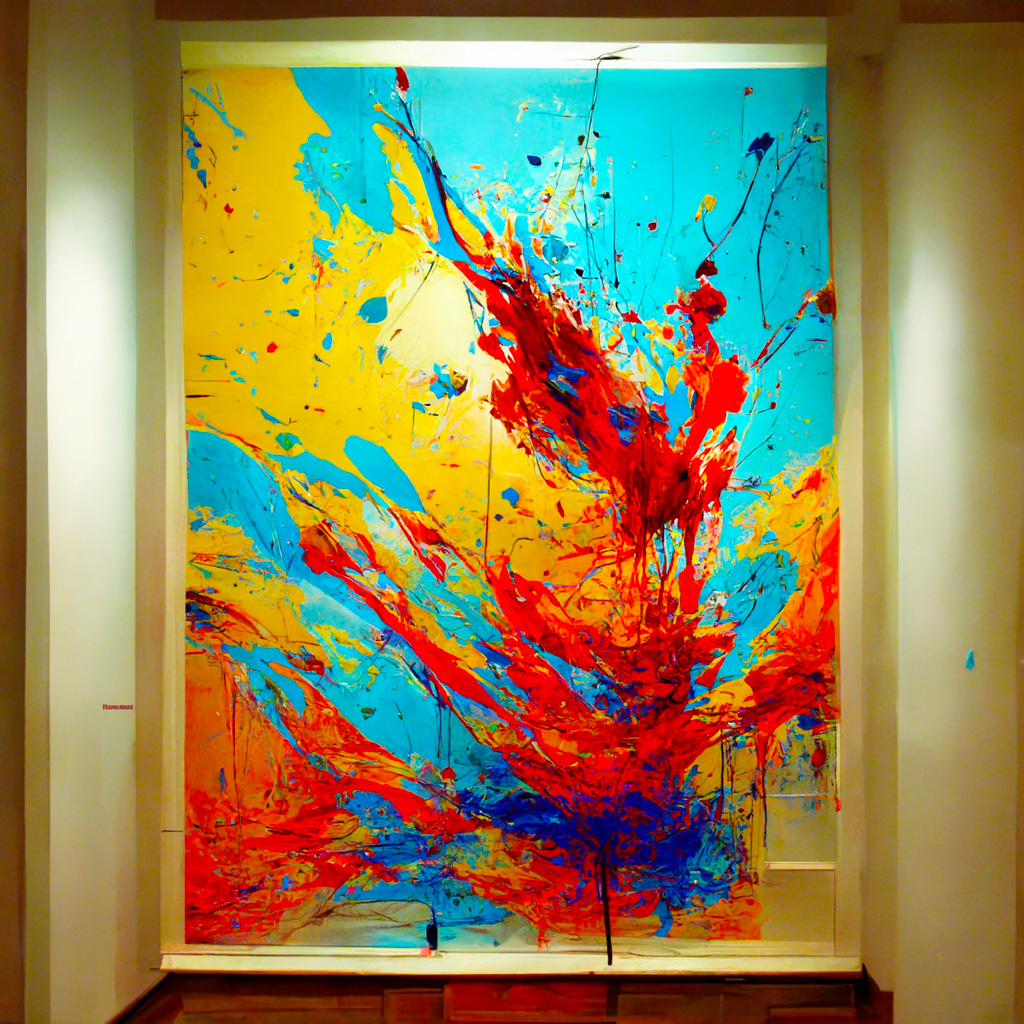
When someone says “I could’ve done that” or “my five-year-old paints better than that”, they put the artist on a pedestal. The artist should be perfect, an example of faultless form, unrivalled skill and ideal execution. An interesting thing about AI art is that it takes the artist out of focus and puts the consumer in the limelight. How do you feel? Why? Nothing else matters; certainly not the skill or intentions of the creator – there isn’t one. It’s the death of the author to the ultimate. In a sense, AI art democratises art consumption. The onus is not on the incredible abilities of one person – we could all create brilliant things just by typing a few words into a programme.
But where does that leave artists? And what about when art created by AI wins a prize?

Earlier this month, a piece of art won first prize in the art competition at the Colorado State Fair. The artwork was submitted by Jason M. Allen, made using Midjourney, an AI program that turns short strings of text into an image. Allen’s (and Midjourney’s) piece, Théâtre D’opéra Spatial is a sweeping, intricate work – somehow landing between photorealism, Dutch golden age and sci-fi. It’s beautiful. But it’s also very, very weird. It’s painting as it might have been in a Star Wars universe. Sort of familiar, but sort of not.
Many artists were up in arms about the decision to give the AI art an award, claiming it was “the death of artistry”.
It isn’t the first time we’ve heard this. When the gramophone became part of our living rooms, a similar sentiment was voiced by many musicians. Would people stop learning how to play music, once they could just move a needle back to the start of a record? How much of the art was lost by being able to hear an identical performance over and over? Is there enough space within two to three minutes of a wax disc for full expression?
The world, of course, kept turning, and instead of giving in, many people found recorded audio a new way to further their own skills. It’s widely thought that the gramophone was integral in the rise of jazz, with more players now able to learn complex lines through mimicked repetition.
Perhaps we’ll see a similar shift with AI-generated art. But this time it could give us more room, more perspective, to see our world and selves in a new way. If a future of commercial art is quickly and cheaply produced by AI, perhaps human art can again become primarily therapeutic, with our energies and intentions turning around to face ourselves and our closer communities. Perhaps human art can be seen as a longer journey of discovery and expression, rather than singular perfected products.

Verse by Verse, a Google project, popped up a couple of years ago. The tool lets anyone choose their favourite poets and will assist you in composing a poem in their style. I had a go and chose Emily Dickinson as my muse (though you can choose up to three poets at a time).
Autumn
Inspired by Emily Dickinson
How the air changes, and with it fall–
Still, as the wind with infinite veil
A narrow bed, a matter at call,
Through the place with late, celestial sails.
There’s still some curation to be done – it won’t just write it for you. You have to choose and change, read and consider.
Curation is still very much part of AI art. I think of it a bit like an overly-earnest waiter. Yes, I’d like that; no, thank you, I don’t want that. And at the bottom of artistry – under the training and the practice and the fancy terminology – the beauty of the work is in the artist’s ability to curate elements of what they see, experience or feel. The essence of the artist lives. Which gets me thinking: how many countless Midjourney pictures did Jason Allen ignore before he ended up with Théâtre D’opéra Spatial?
And for the purists among you:
[The real] Autumn by Emily Dickinson
The morns are meeker than they were,
The nuts are getting brown;
The berry’s cheek is plumper,
The rose is out of town.
The maple wears a gayer scarf,
The field a scarlet gown.
Lest I should be old-fashioned,
I’ll put a trinket on.
Until next month…
May you be well, happy, whole, and free.
T & B
~~~~~~
Invite your friends to subscribe!
![]() Being with dark and light
Being with dark and light![]() Don't leave!
Don't leave!![]() Unlikely meeting points & unlikely collaborations 🌗
Unlikely meeting points & unlikely collaborations 🌗![]() Sit in the middle of things 🧘♀️🪻
Sit in the middle of things 🧘♀️🪻![]() 5 things I learned at a Buddhist monastery
5 things I learned at a Buddhist monastery![]() 6 good things to do
6 good things to do![]() Extraordinary ordinariness: space orbits and sleeping dogs
Extraordinary ordinariness: space orbits and sleeping dogs![]() The ebb and flow of things
The ebb and flow of things![]() A short breath in the bardo
A short breath in the bardo![]() A slender cord of grace
A slender cord of grace![]() Artists reflect on water
Artists reflect on water![]() A love letter to a loaded gun
A love letter to a loaded gun![]() Are you for real?
Are you for real?![]() What is a good life?
What is a good life?![]() Who decides what you think?
Who decides what you think?![]() When new year should be according to history...
When new year should be according to history...![]() Does Mozart really make you smarter?
Does Mozart really make you smarter?![]() Old stories to find light in dark times
Old stories to find light in dark times![]() The human need to put things together
The human need to put things together![]() The power of trends: the good, the bad and the pumpkin-spiced.
The power of trends: the good, the bad and the pumpkin-spiced.![]() From terrestrial to celestial – where do we find inspiration?
From terrestrial to celestial – where do we find inspiration?![]() The illusion of ownership
The illusion of ownership![]() Let’s go down the rabbit hole 🐇
Let’s go down the rabbit hole 🐇![]() Identity, the artist, and #goblinmode
Identity, the artist, and #goblinmode![]() Punk and her godmothers
Punk and her godmothers![]() The ultimate journey – homecoming, heroes and wholeness.
The ultimate journey – homecoming, heroes and wholeness.![]() It’s mushroom month...
It’s mushroom month...![]() Robots, AI and artistry, oh my!
Robots, AI and artistry, oh my!![]() Longevity, love and memory...
Longevity, love and memory...![]() Summer, Freud and a sonnet...
Summer, Freud and a sonnet...![]() When surreal makes sense – exploring with Dorothea Tanning, Olga Tokaczuk and more...
When surreal makes sense – exploring with Dorothea Tanning, Olga Tokaczuk and more...![]() Twists and turns with Mary Oliver, Alan Watts and Astrid Lindgren...
Twists and turns with Mary Oliver, Alan Watts and Astrid Lindgren...![]() First flowers of spring: the need for beauty and hope at all times
First flowers of spring: the need for beauty and hope at all times![]() Defining reality, playing with illusion with Robert Frost, Hilma Af Kilnt and more...
Defining reality, playing with illusion with Robert Frost, Hilma Af Kilnt and more...![]() Celebrating the cycles of light and dark with Joan Didion, Danez Smith and more...
Celebrating the cycles of light and dark with Joan Didion, Danez Smith and more...
 Being with dark and light
Being with dark and light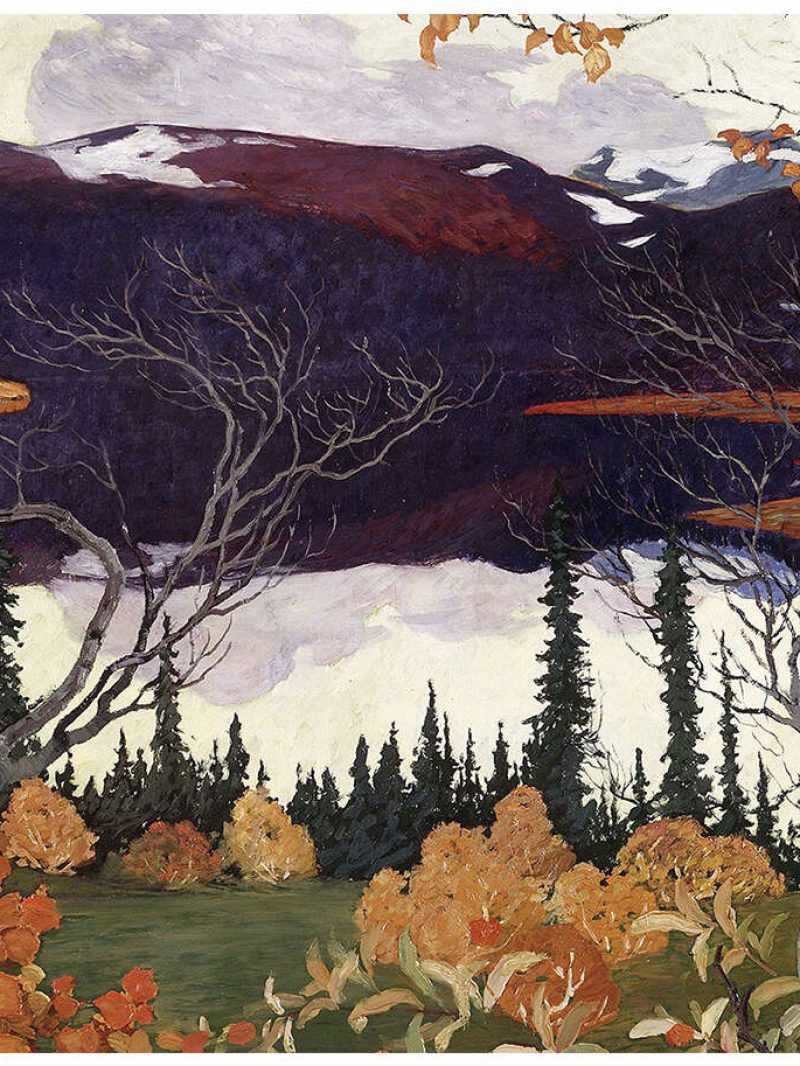 Don't leave!
Don't leave!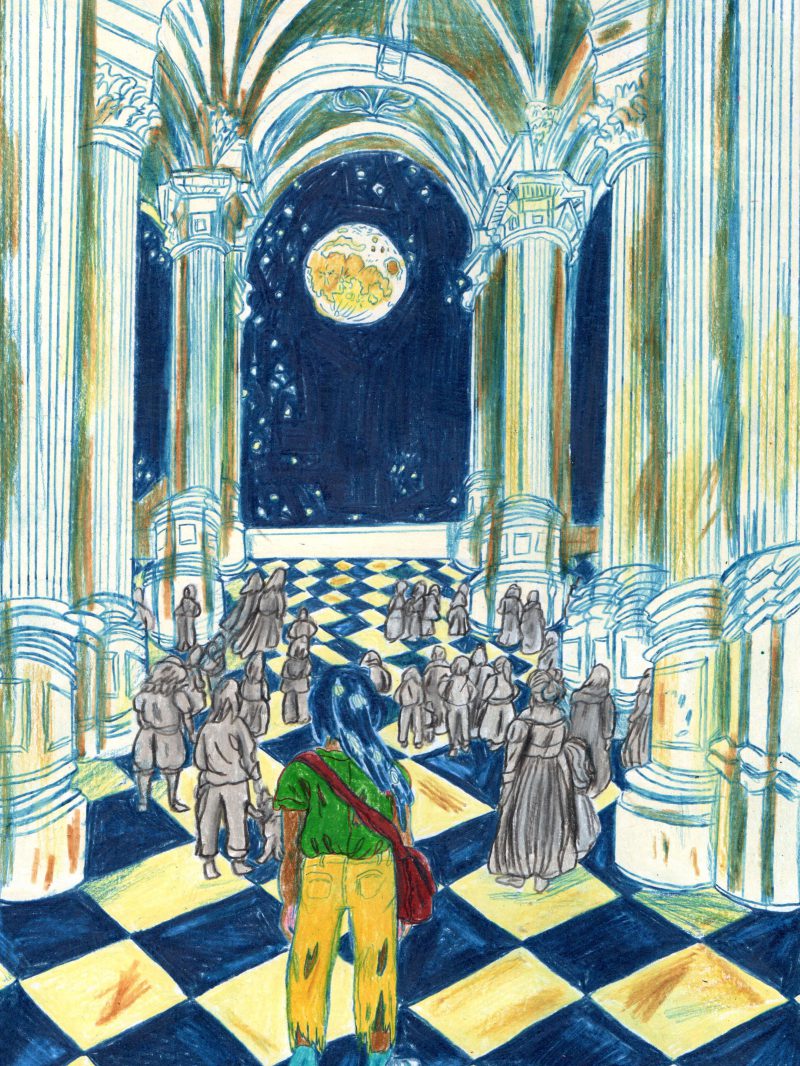 Unlikely meeting points & unlikely collaborations 🌗
Unlikely meeting points & unlikely collaborations 🌗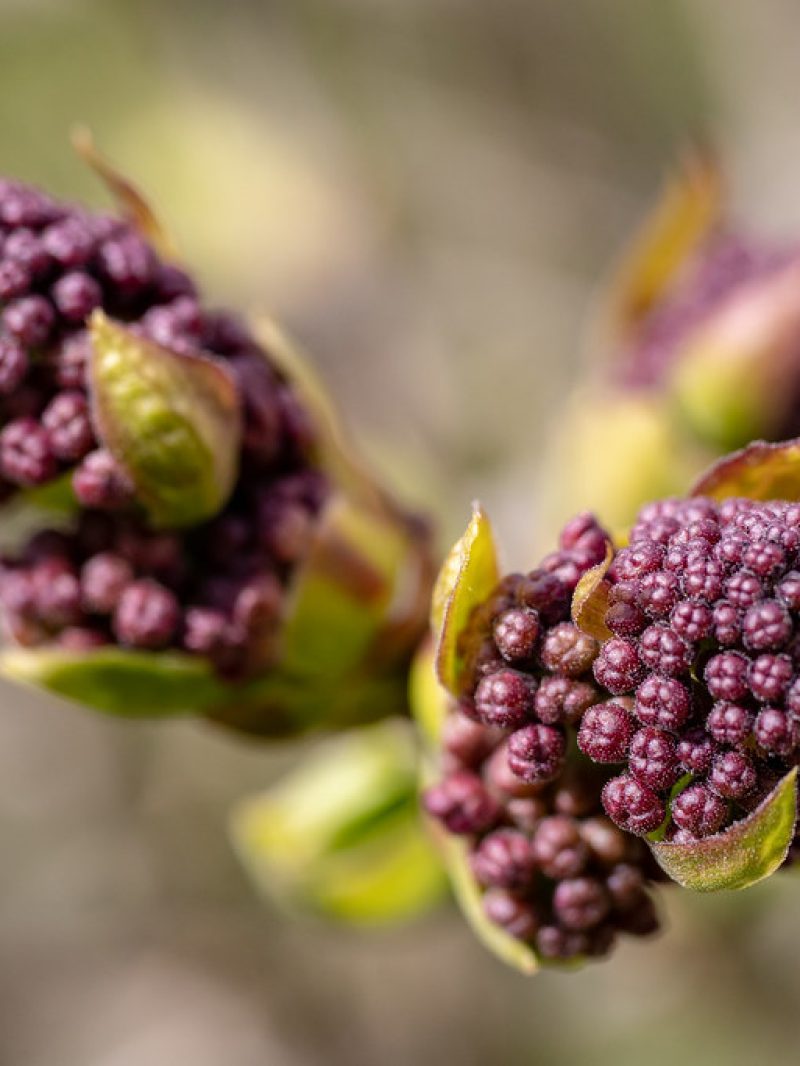 Sit in the middle of things 🧘♀️🪻
Sit in the middle of things 🧘♀️🪻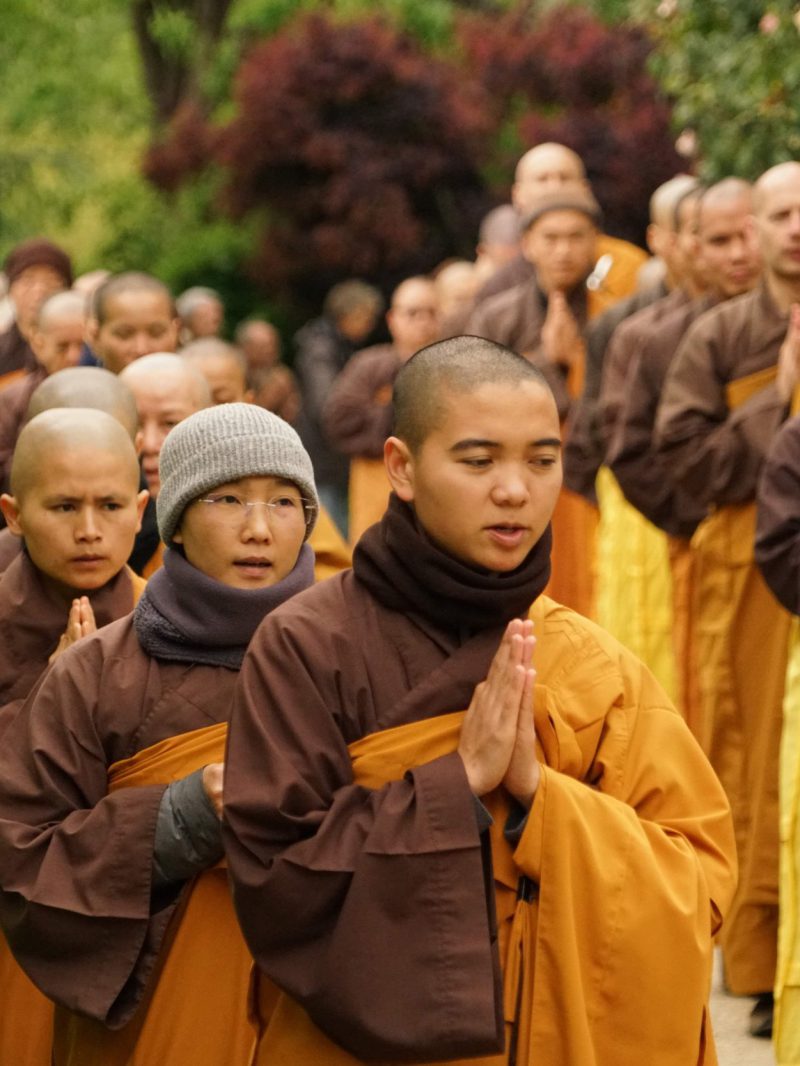 5 things I learned at a Buddhist monastery
5 things I learned at a Buddhist monastery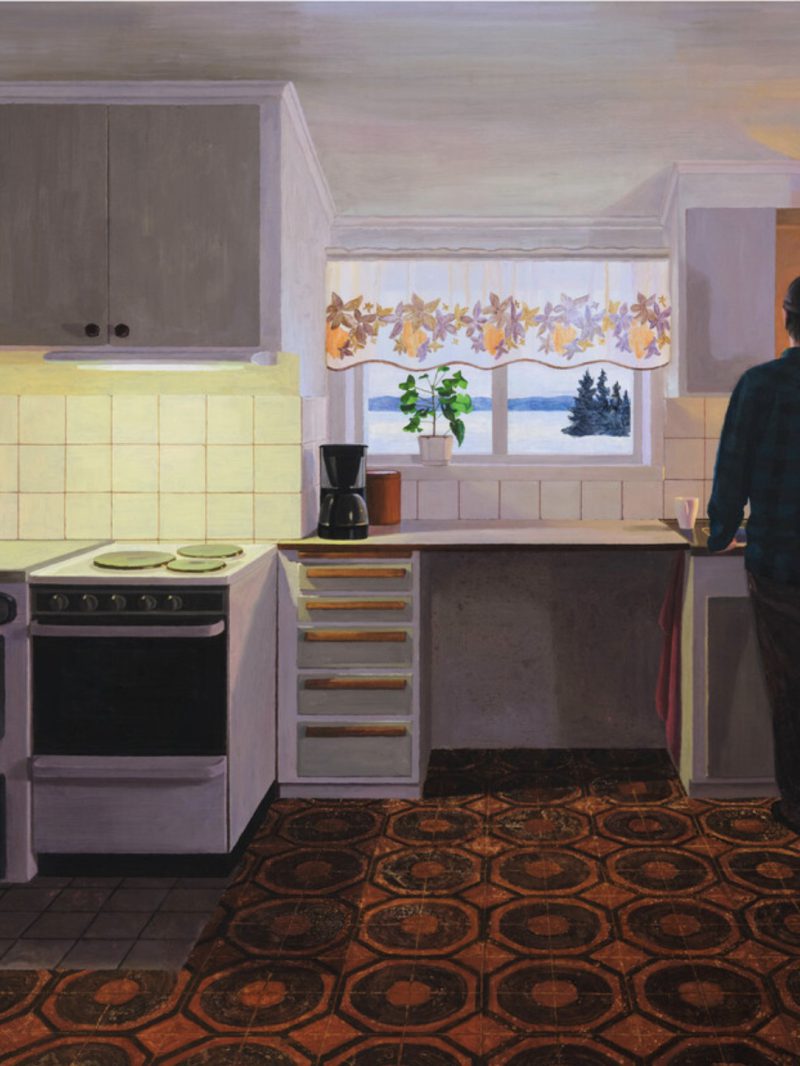 6 good things to do
6 good things to do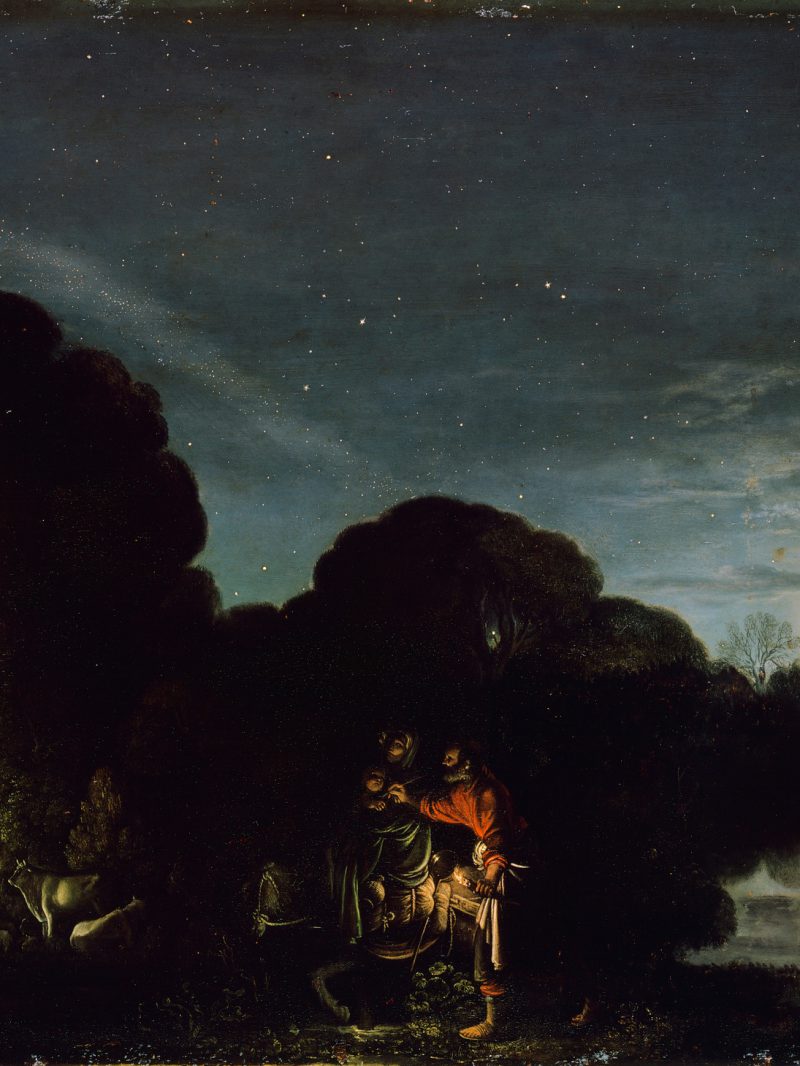 Extraordinary ordinariness: space orbits and sleeping dogs
Extraordinary ordinariness: space orbits and sleeping dogs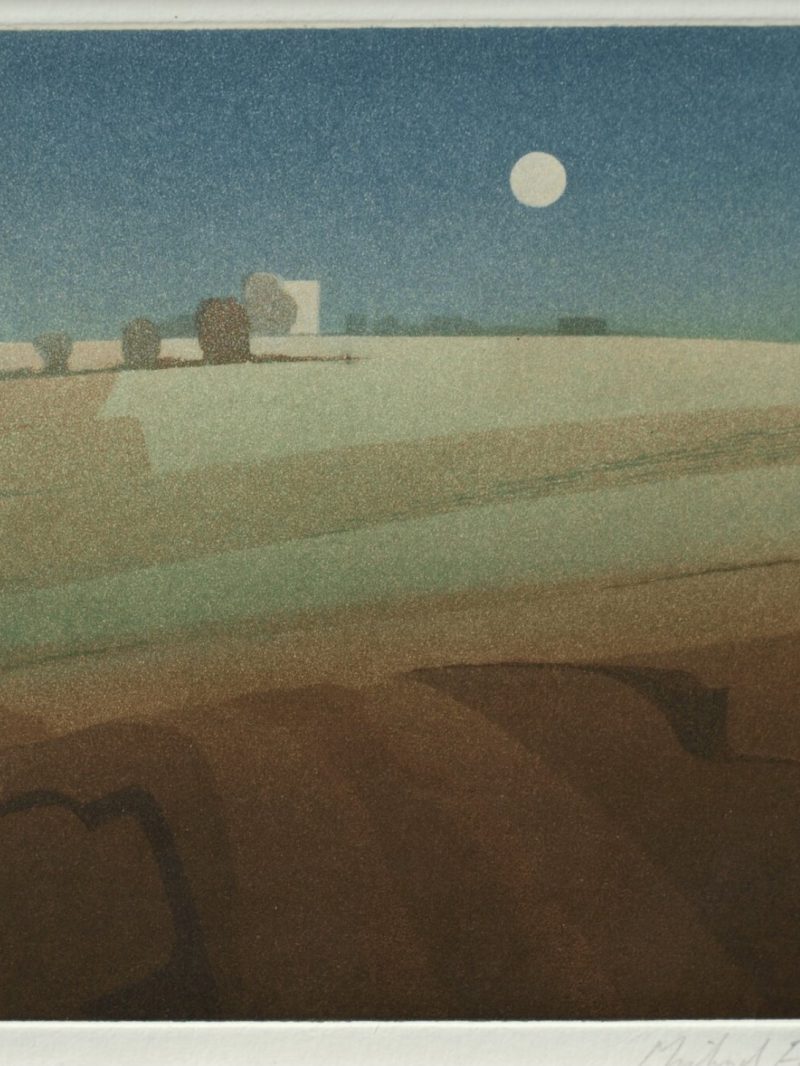 The ebb and flow of things
The ebb and flow of things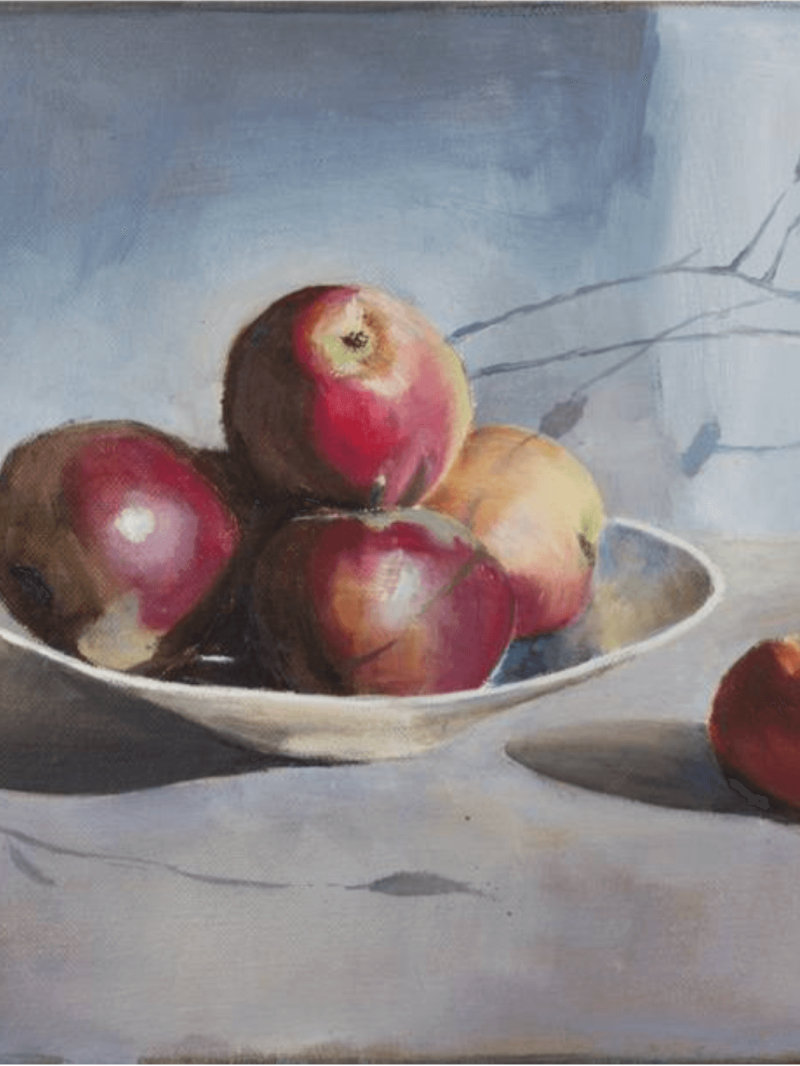 A short breath in the bardo
A short breath in the bardo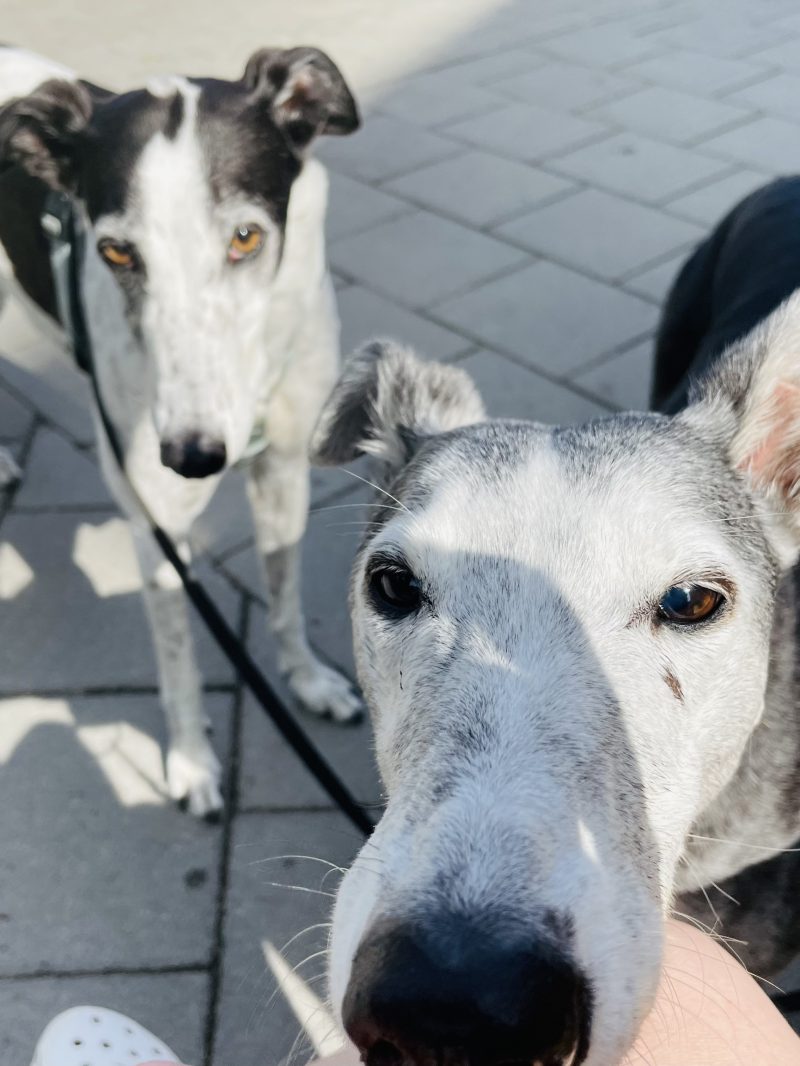 A slender cord of grace
A slender cord of grace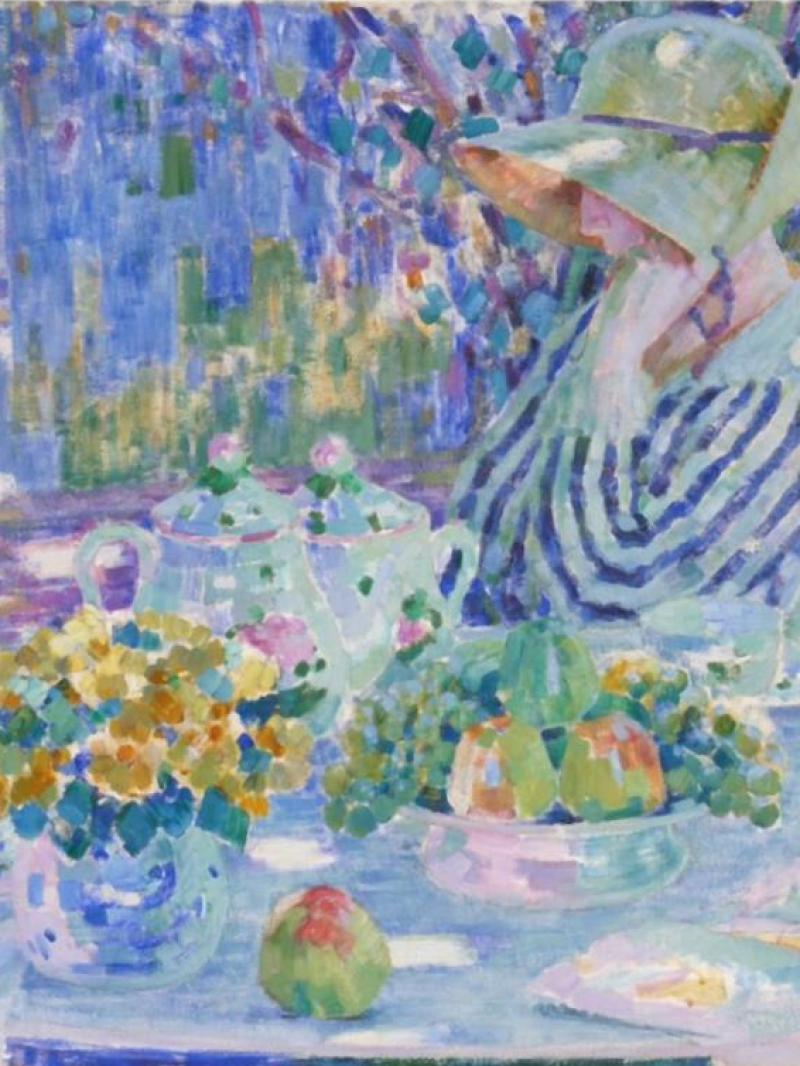 Artists reflect on water
Artists reflect on water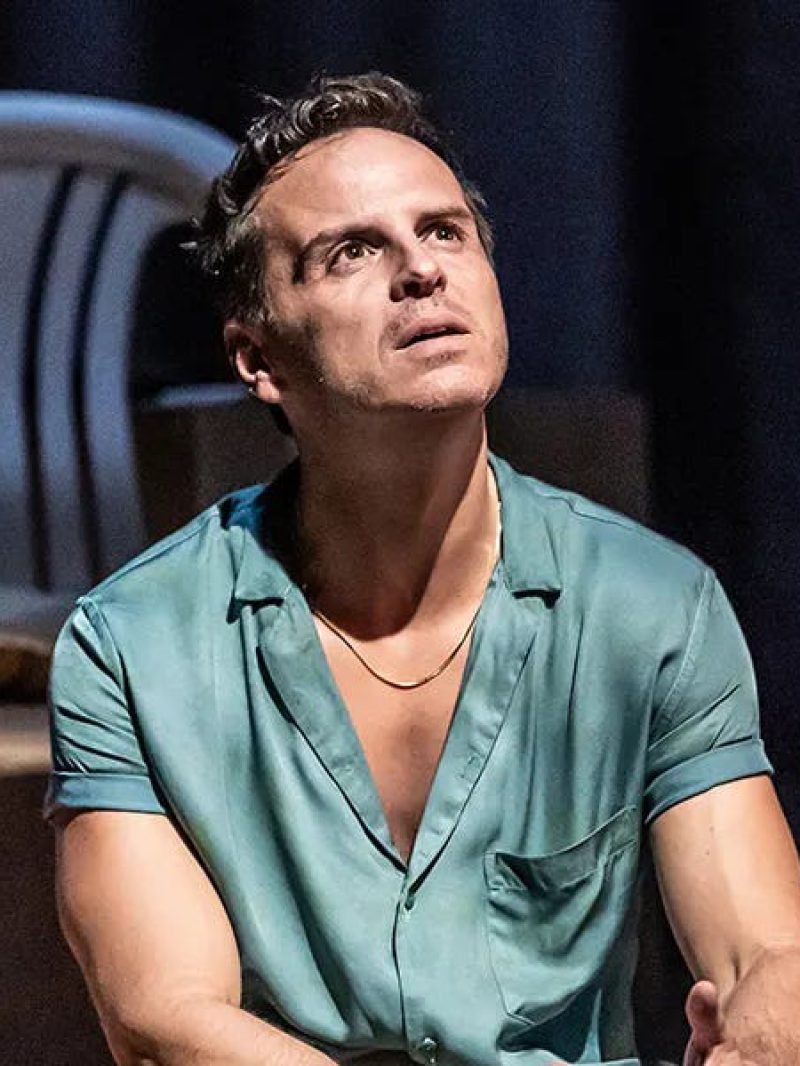 A love letter to a loaded gun
A love letter to a loaded gun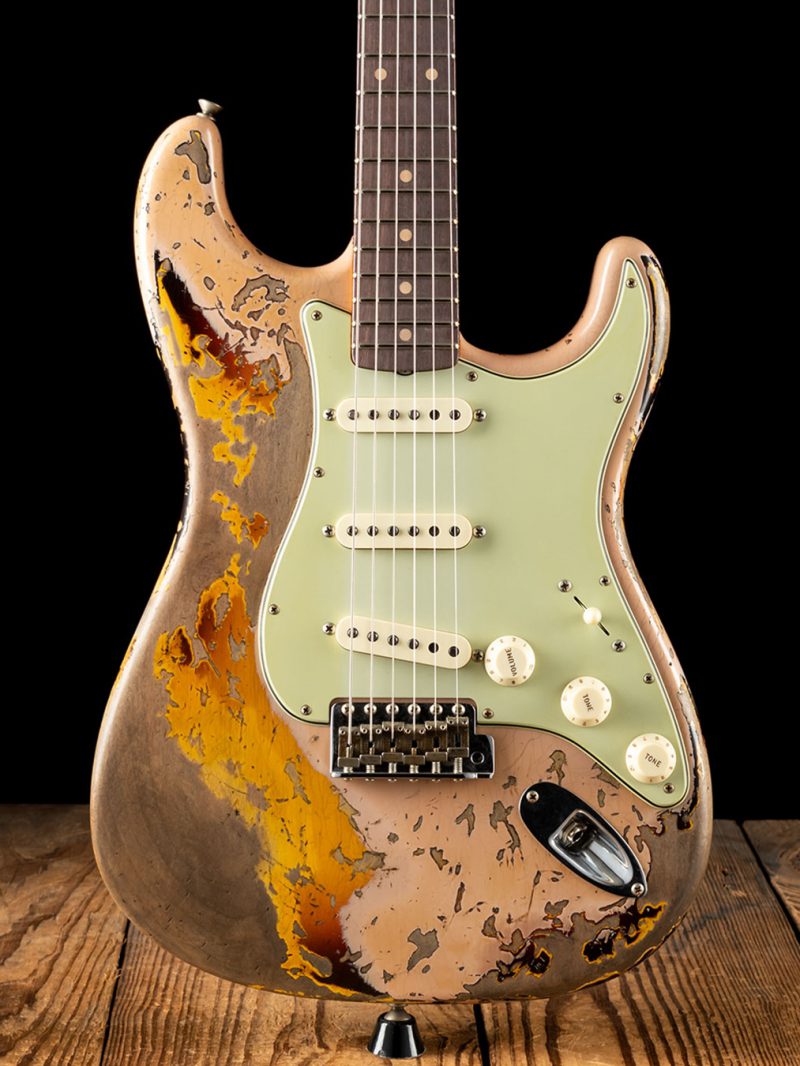 Are you for real?
Are you for real?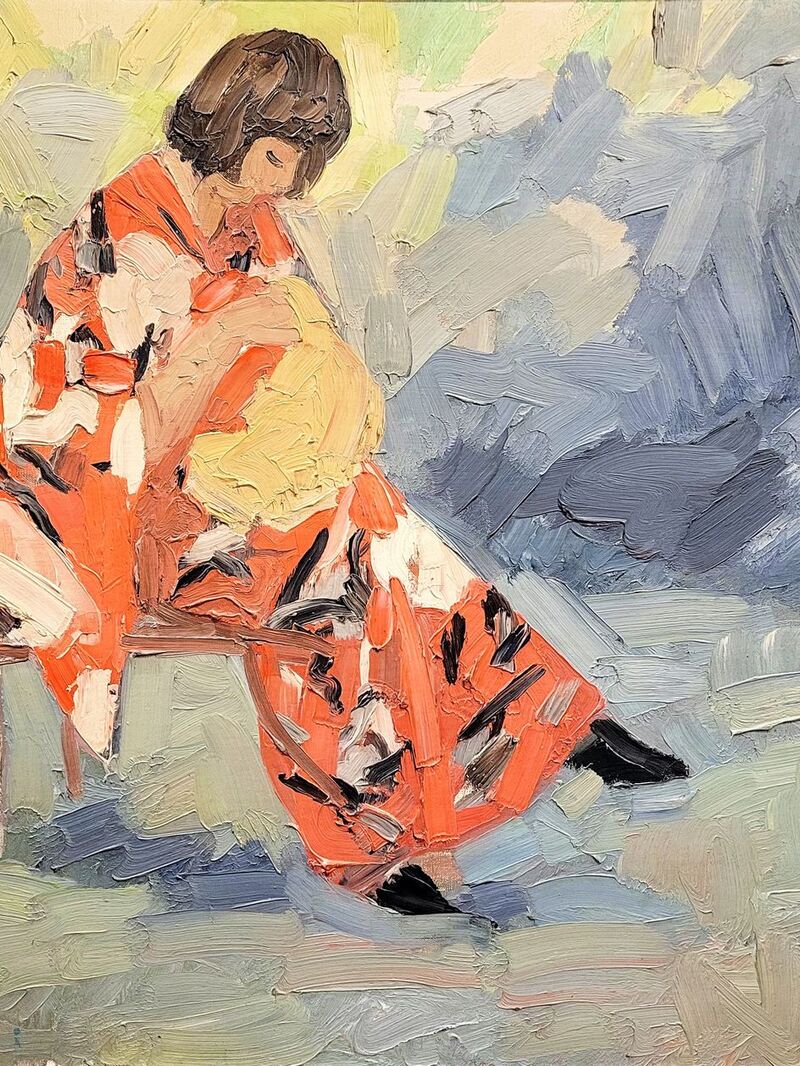 What is a good life?
What is a good life?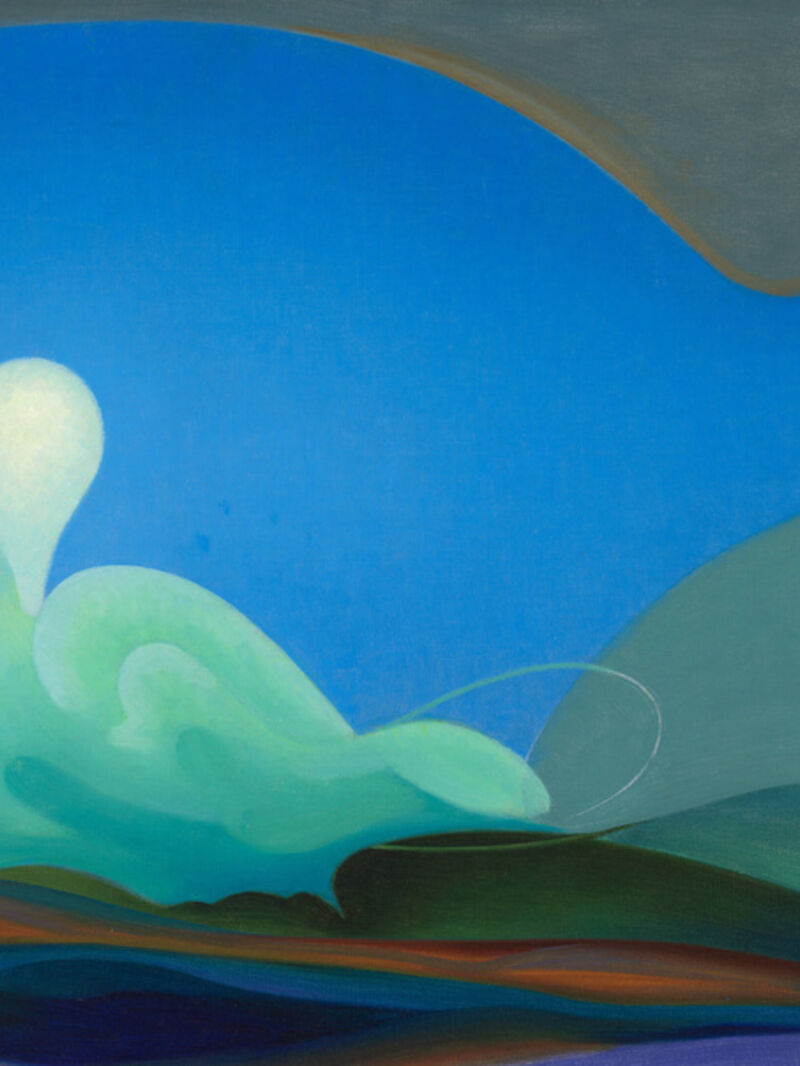 Who decides what you think?
Who decides what you think?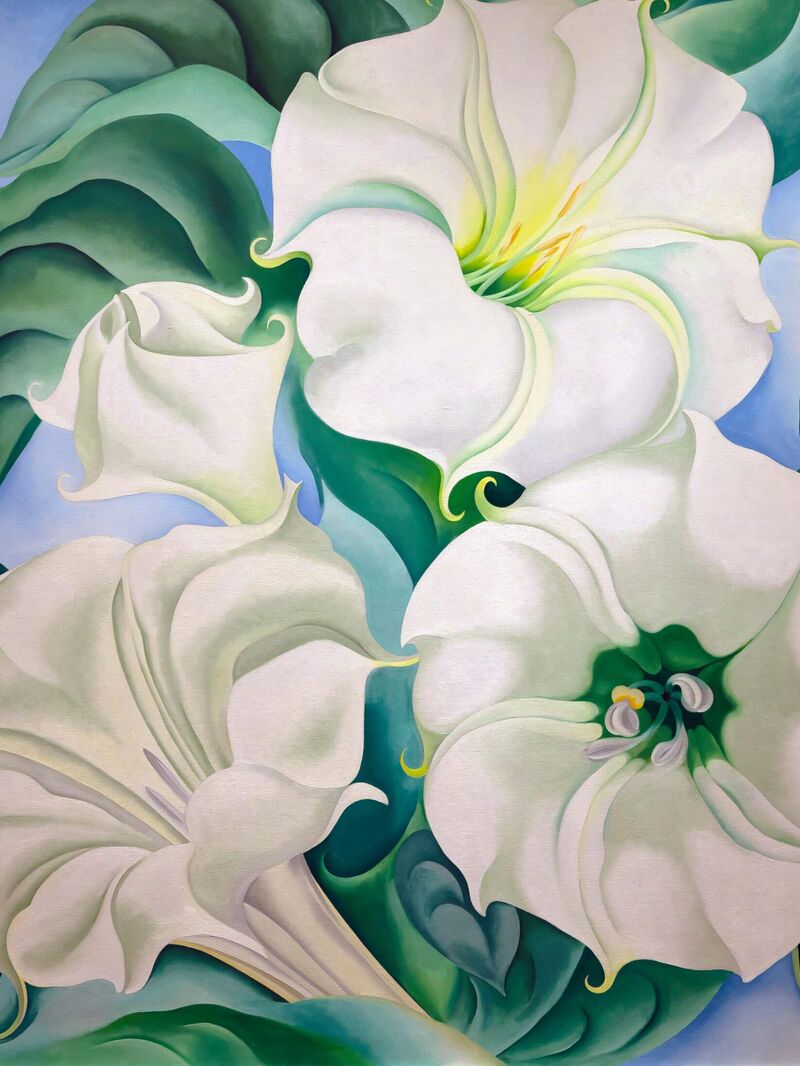 When new year should be according to history...
When new year should be according to history...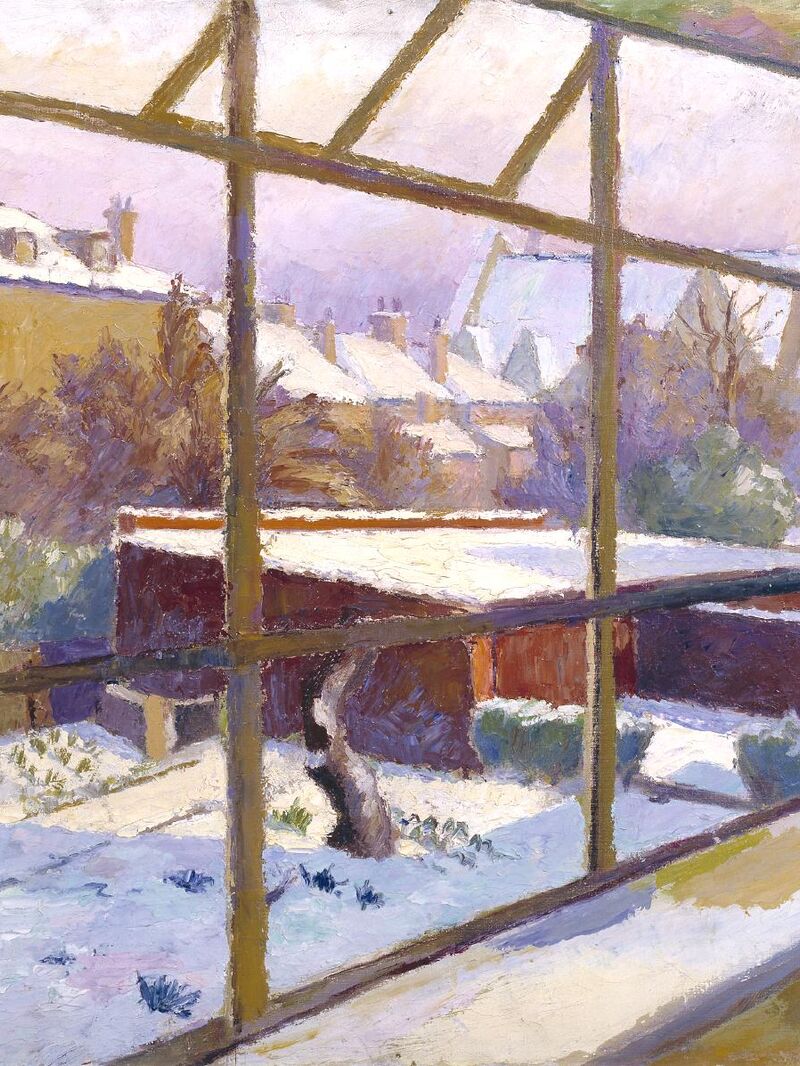 Does Mozart really make you smarter?
Does Mozart really make you smarter?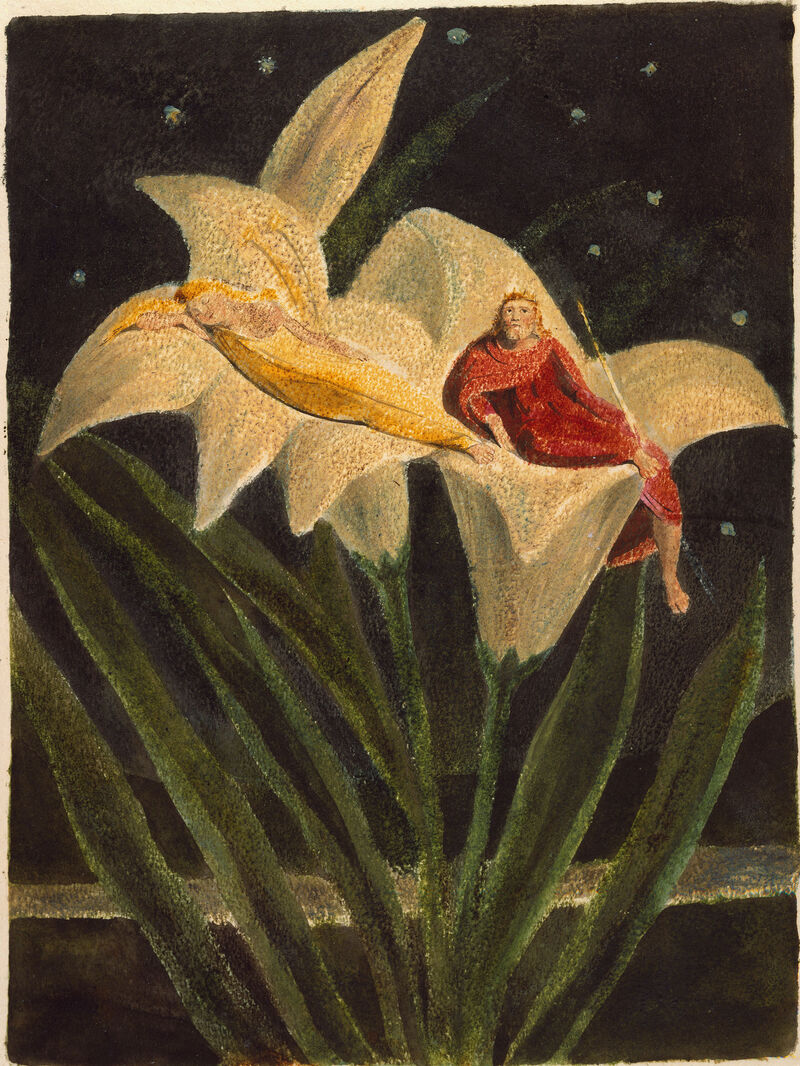 Old stories to find light in dark times
Old stories to find light in dark times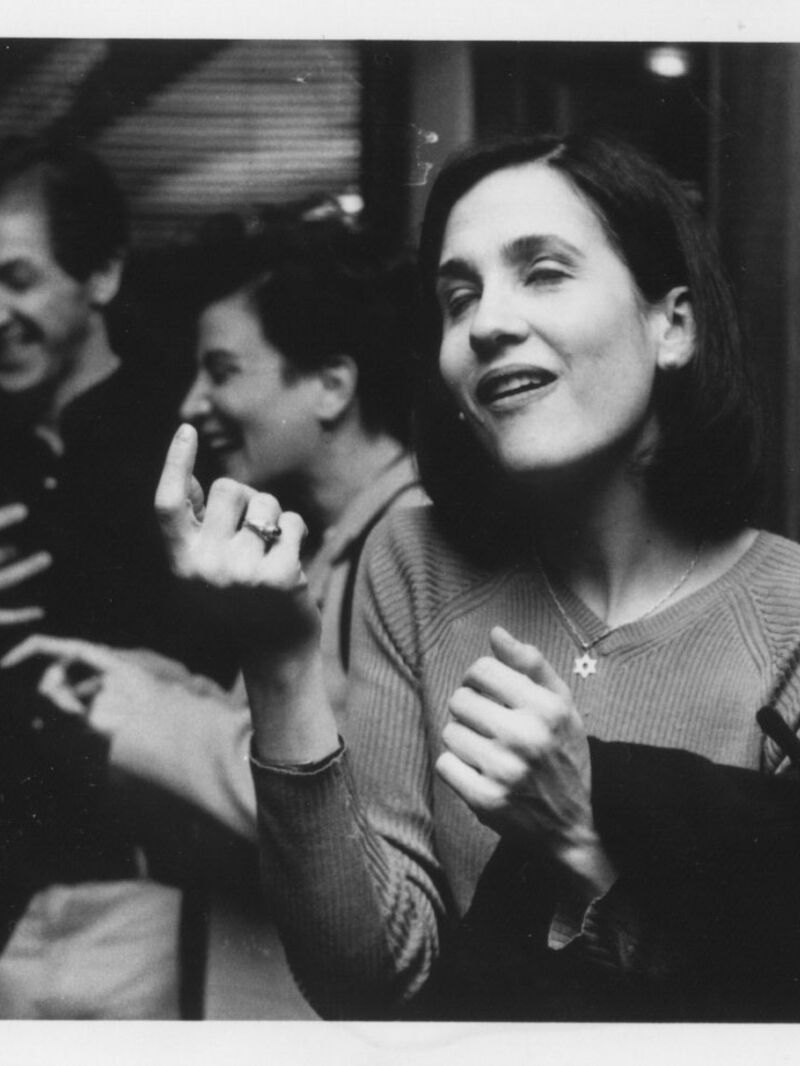 The human need to put things together
The human need to put things together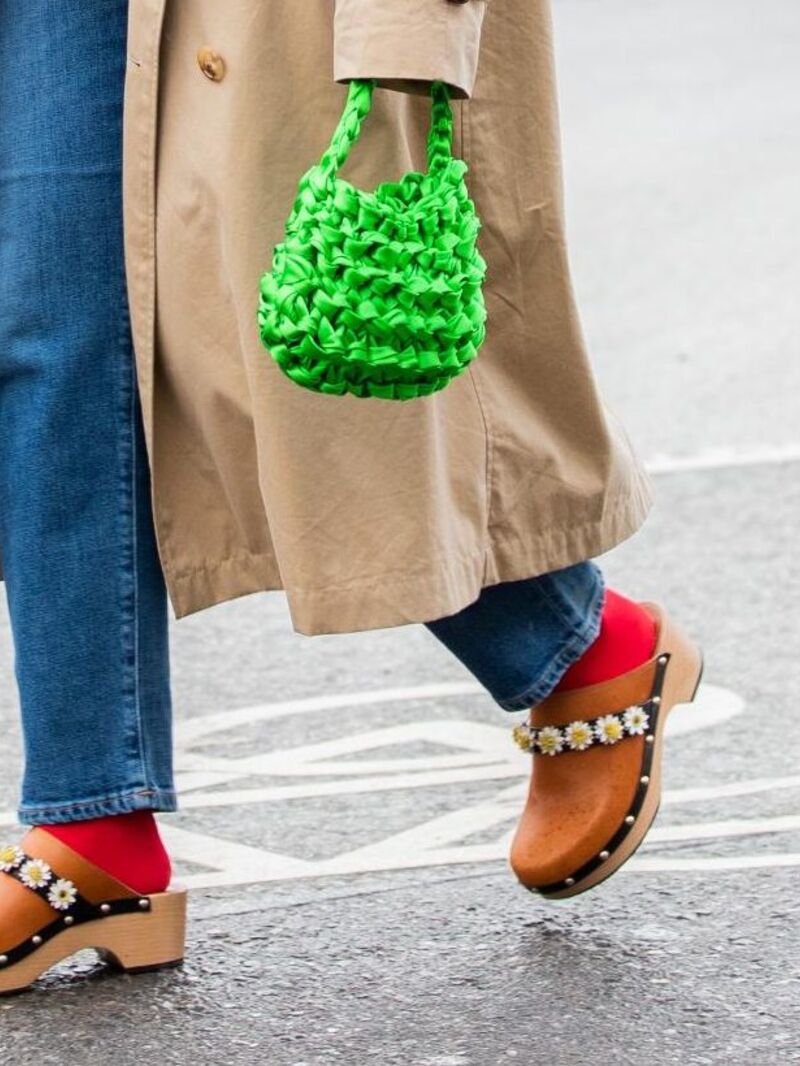 The power of trends: the good, the bad and the pumpkin-spiced.
The power of trends: the good, the bad and the pumpkin-spiced. From terrestrial to celestial – where do we find inspiration?
From terrestrial to celestial – where do we find inspiration?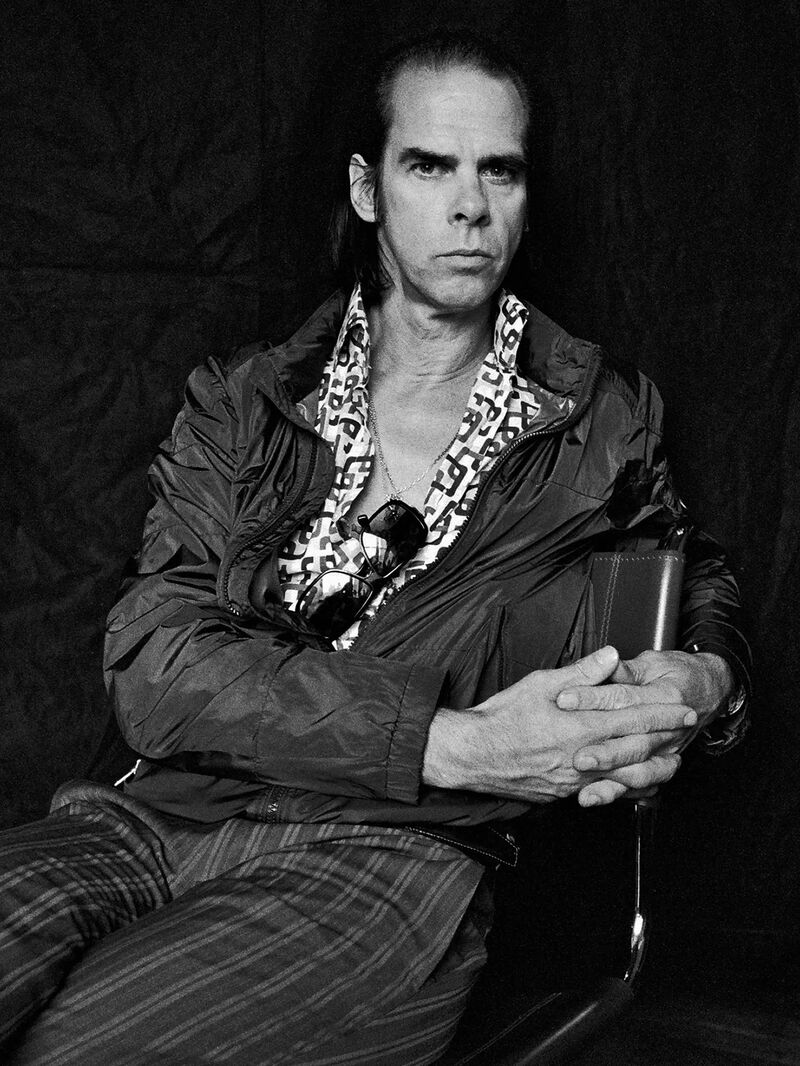 The illusion of ownership
The illusion of ownership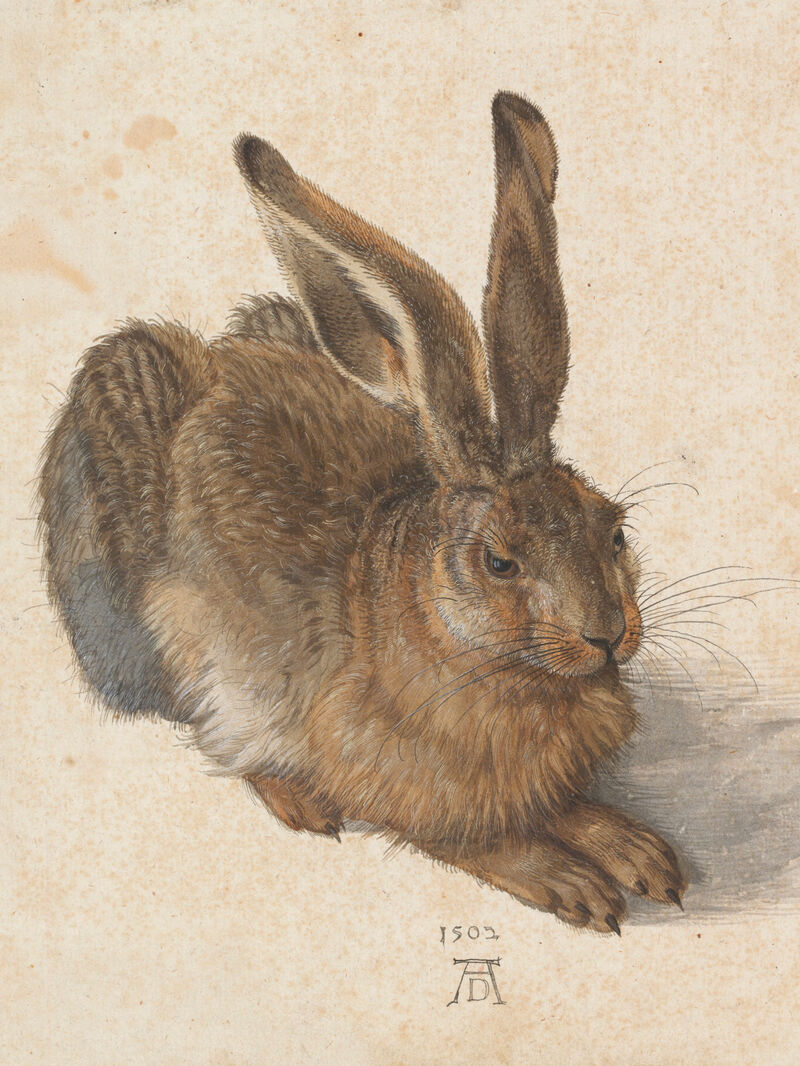 Let’s go down the rabbit hole 🐇
Let’s go down the rabbit hole 🐇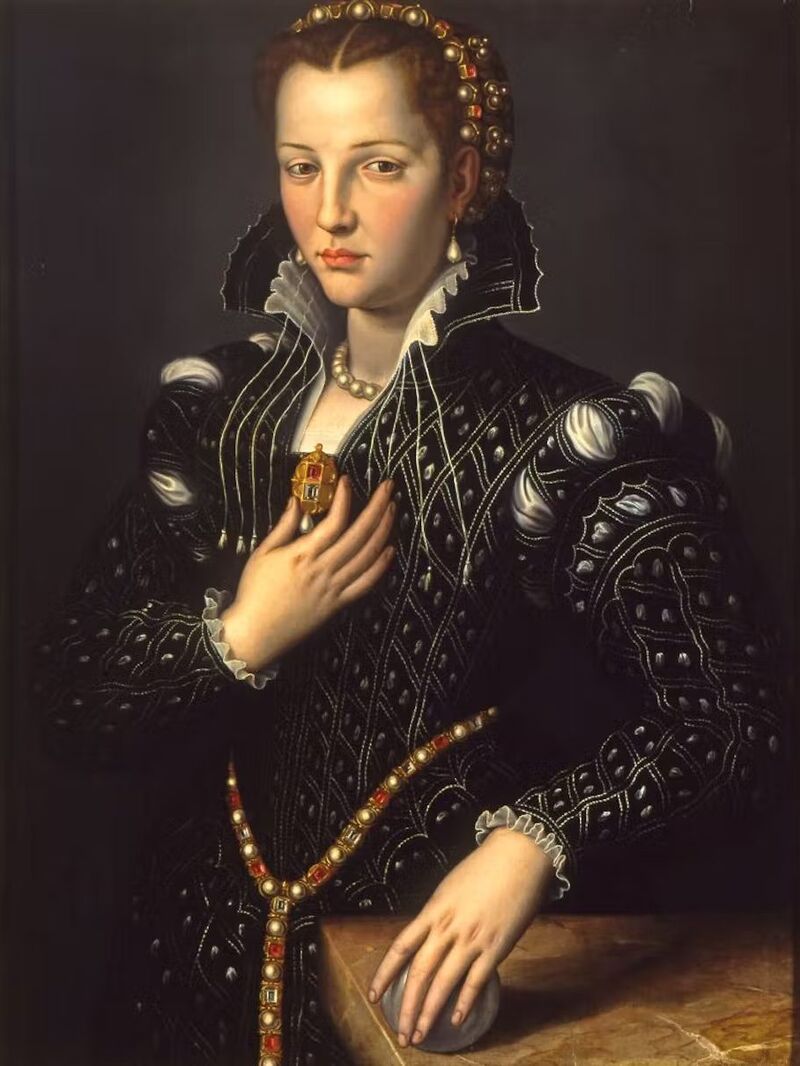 Identity, the artist, and #goblinmode
Identity, the artist, and #goblinmode Punk and her godmothers
Punk and her godmothers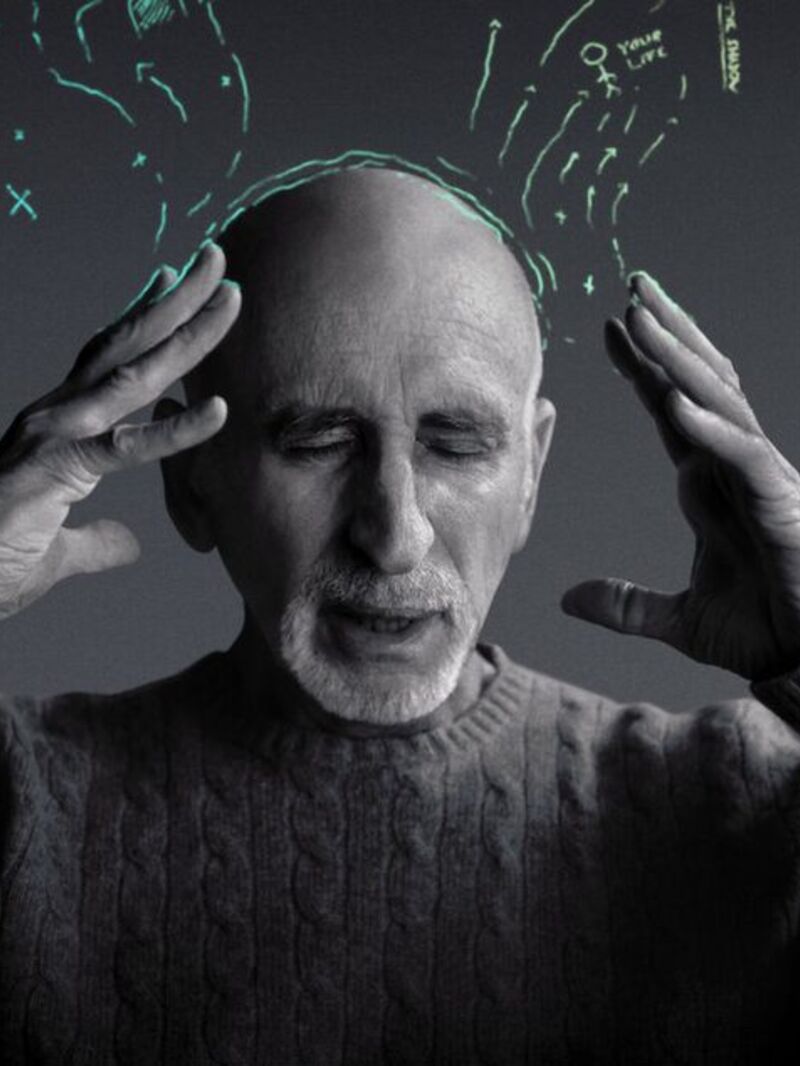 The ultimate journey – homecoming, heroes and wholeness.
The ultimate journey – homecoming, heroes and wholeness.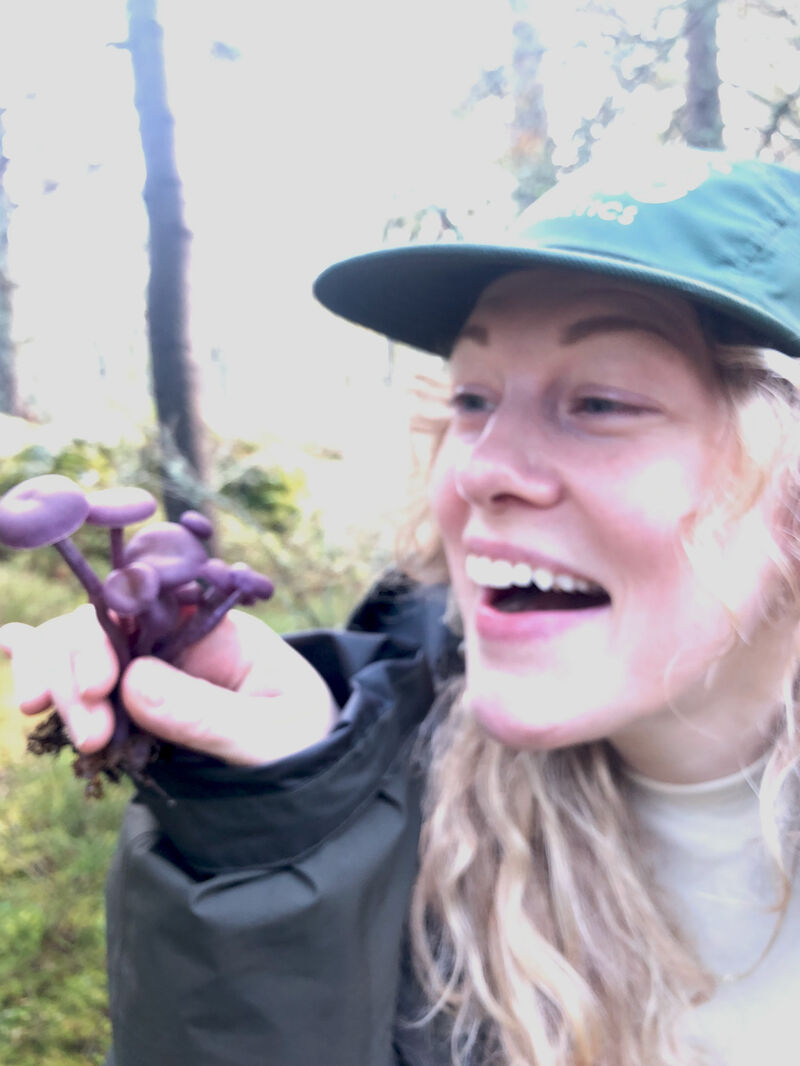 It’s mushroom month...
It’s mushroom month...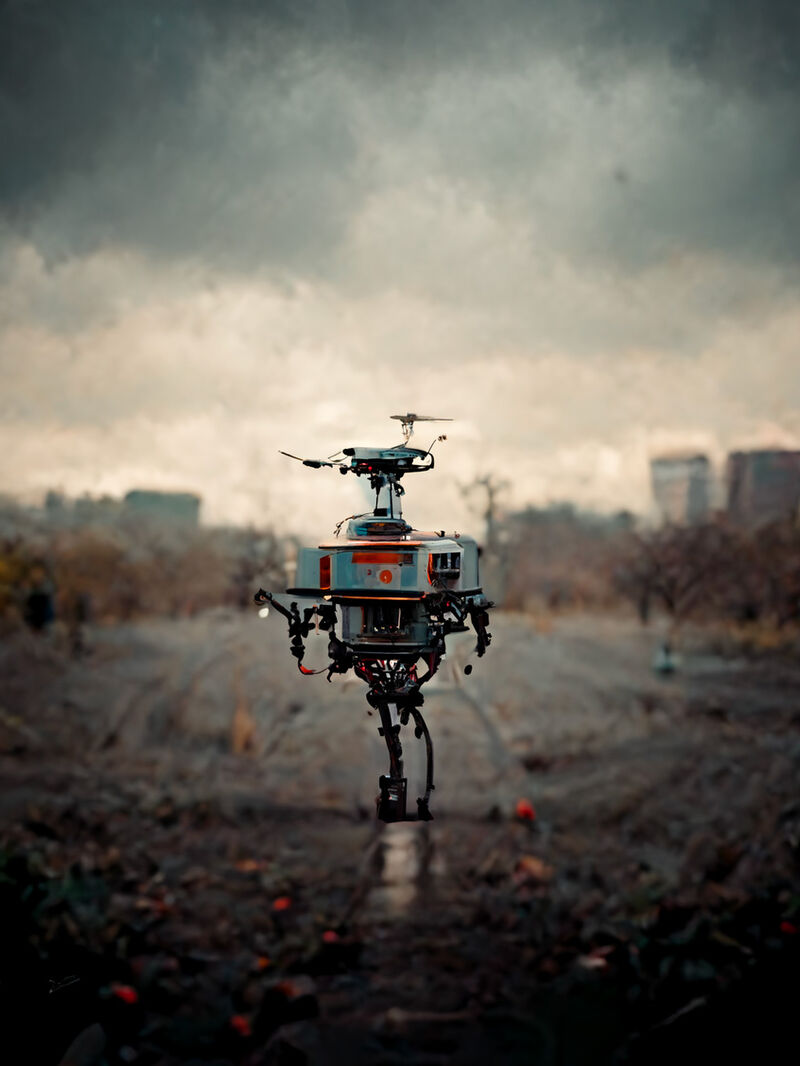 Robots, AI and artistry, oh my!
Robots, AI and artistry, oh my!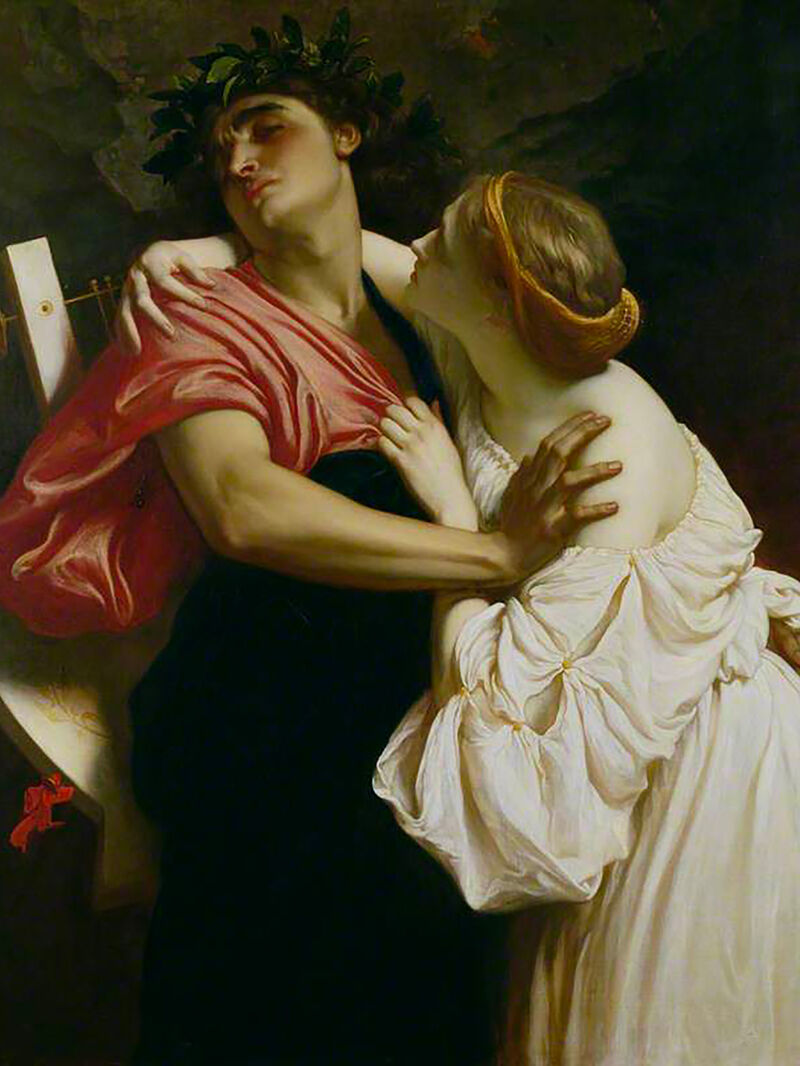 Longevity, love and memory...
Longevity, love and memory...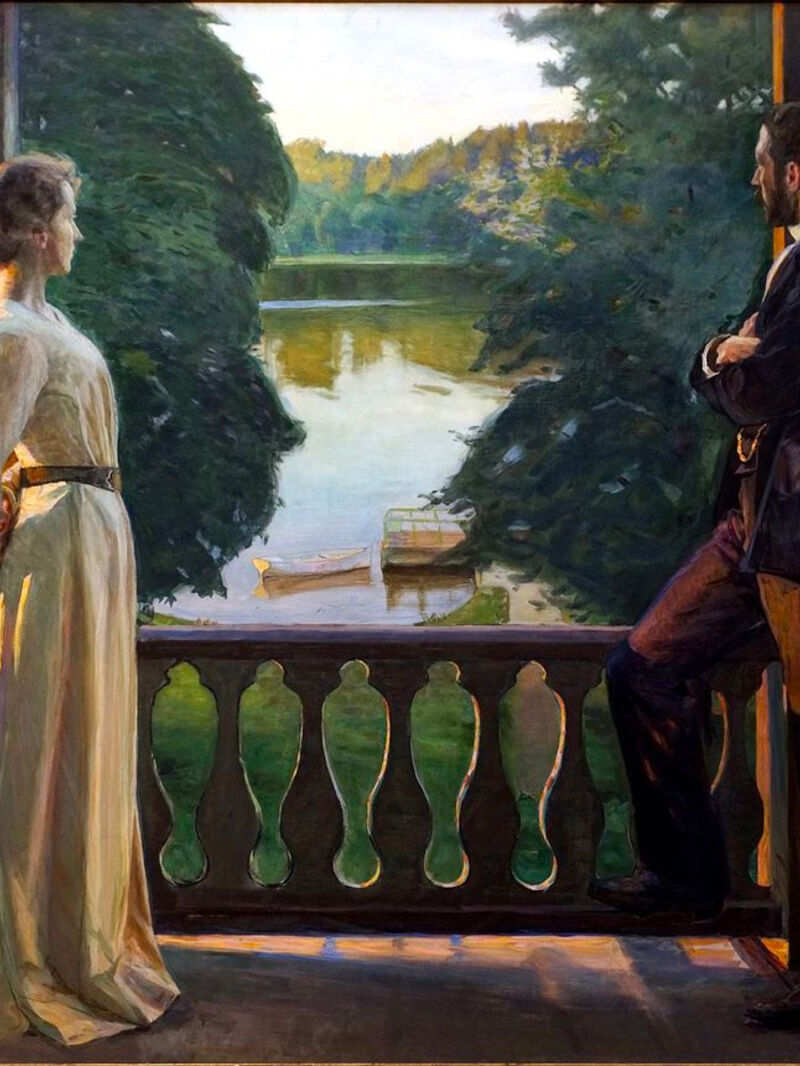 Summer, Freud and a sonnet...
Summer, Freud and a sonnet...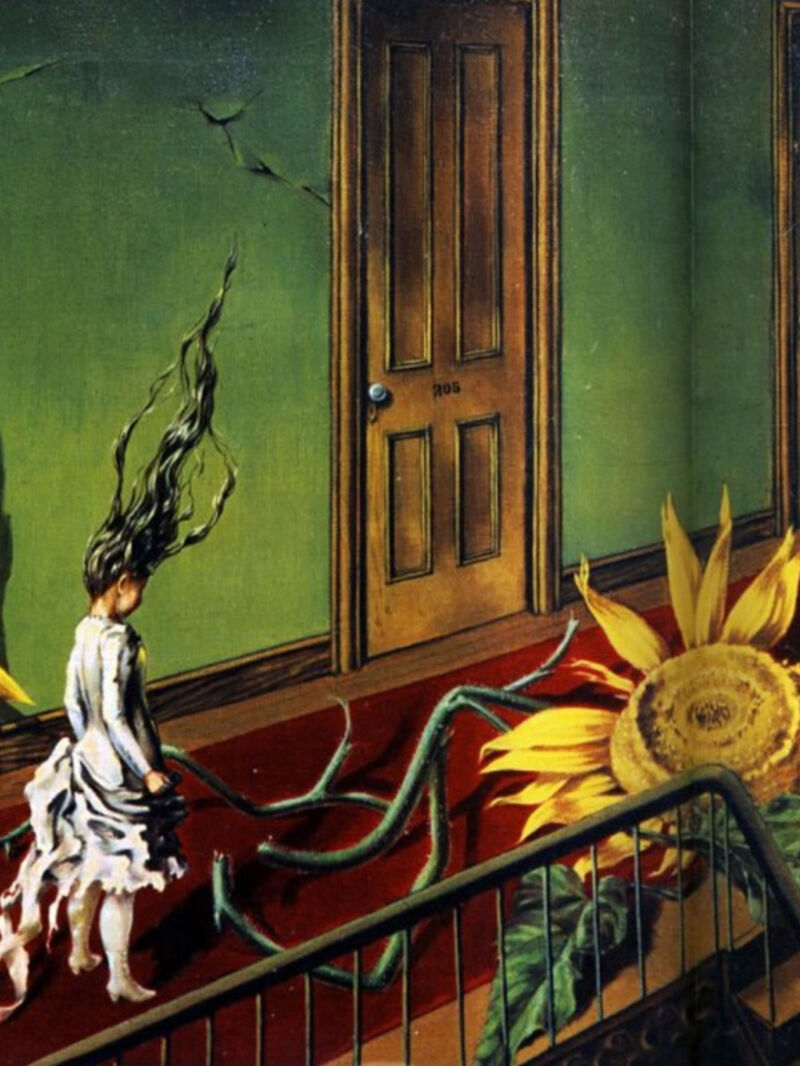 When surreal makes sense – exploring with Dorothea Tanning, Olga Tokaczuk and more...
When surreal makes sense – exploring with Dorothea Tanning, Olga Tokaczuk and more...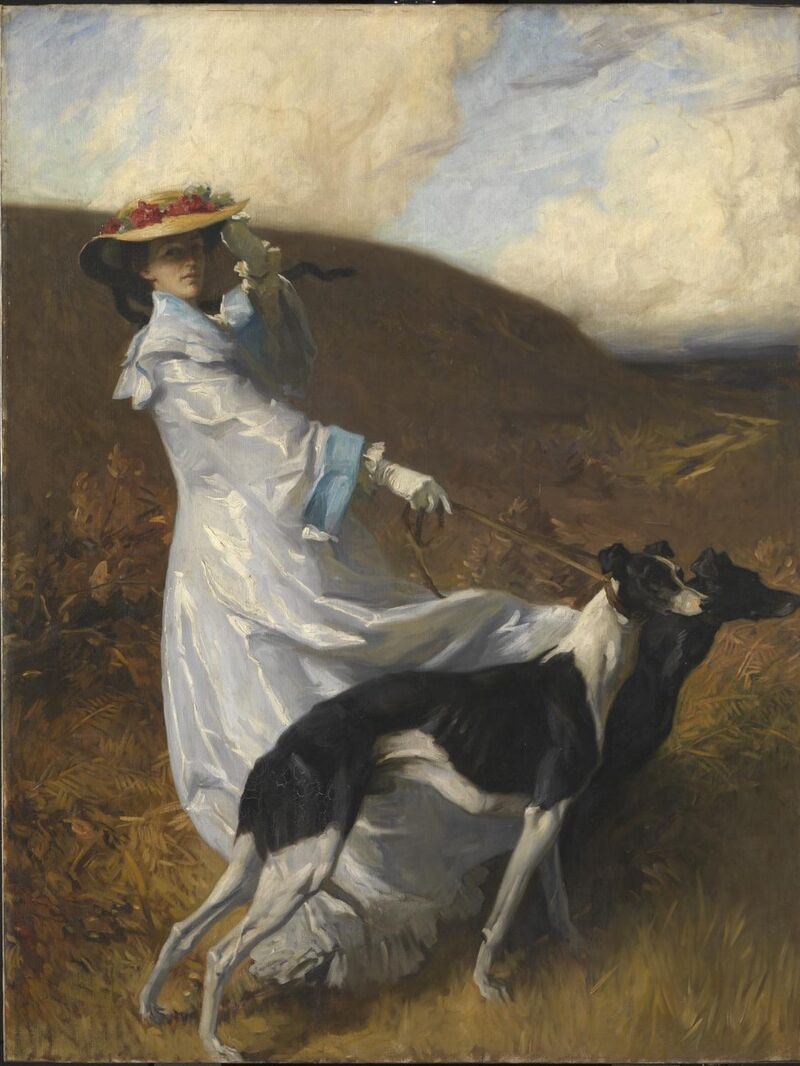 Twists and turns with Mary Oliver, Alan Watts and Astrid Lindgren...
Twists and turns with Mary Oliver, Alan Watts and Astrid Lindgren...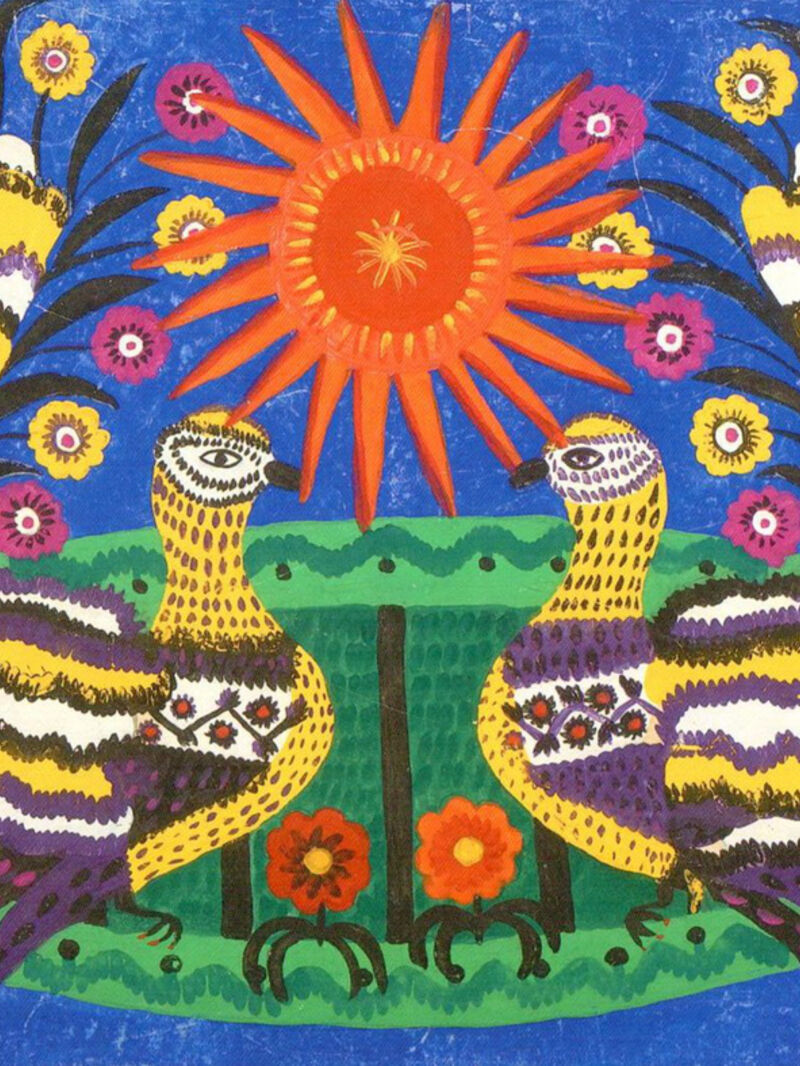 First flowers of spring: the need for beauty and hope at all times
First flowers of spring: the need for beauty and hope at all times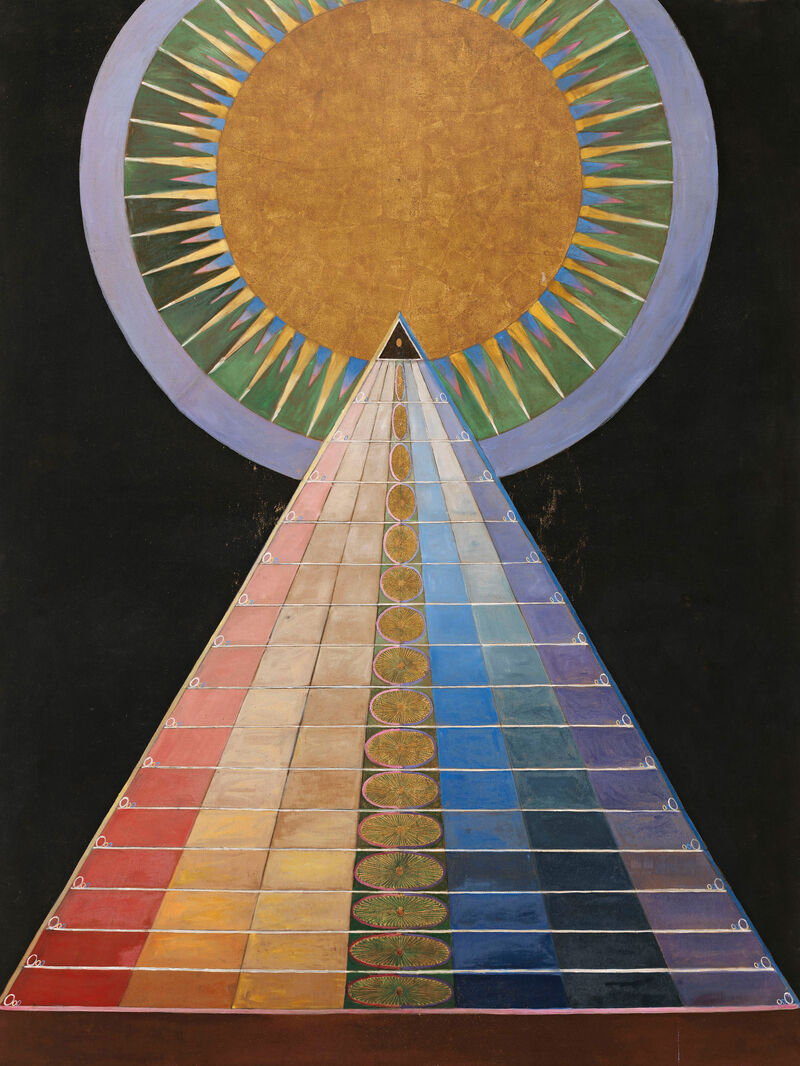 Defining reality, playing with illusion with Robert Frost, Hilma Af Kilnt and more...
Defining reality, playing with illusion with Robert Frost, Hilma Af Kilnt and more...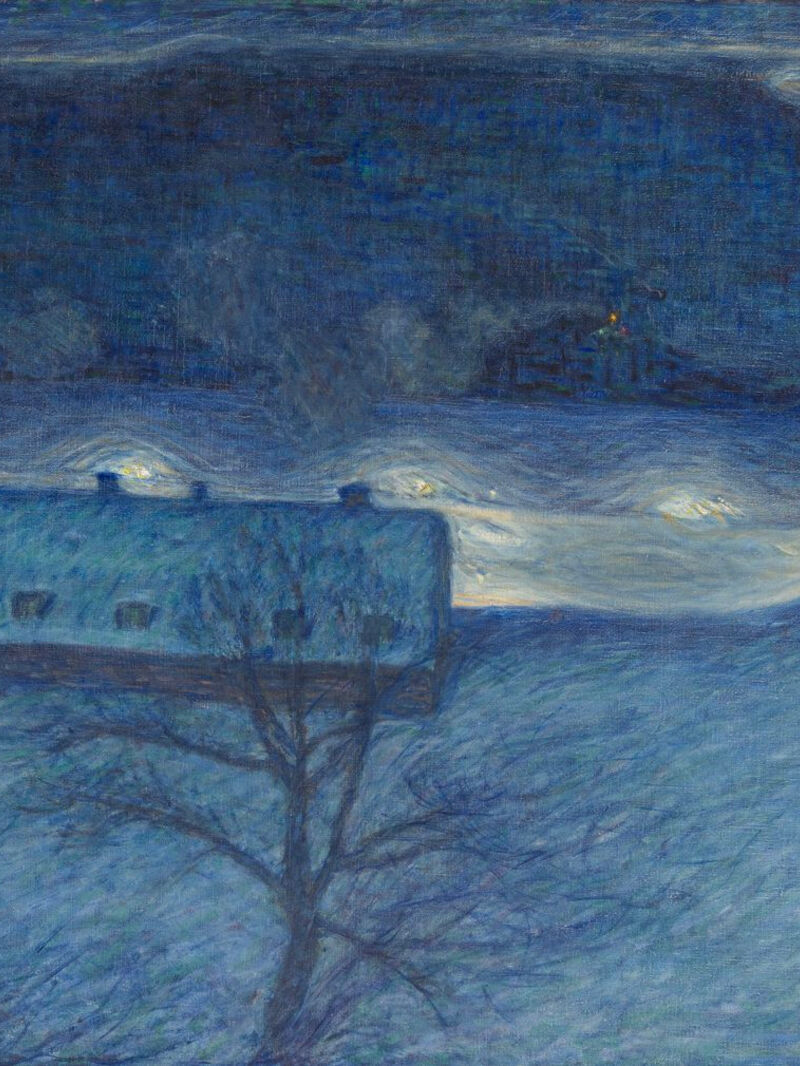 Celebrating the cycles of light and dark with Joan Didion, Danez Smith and more...
Celebrating the cycles of light and dark with Joan Didion, Danez Smith and more...